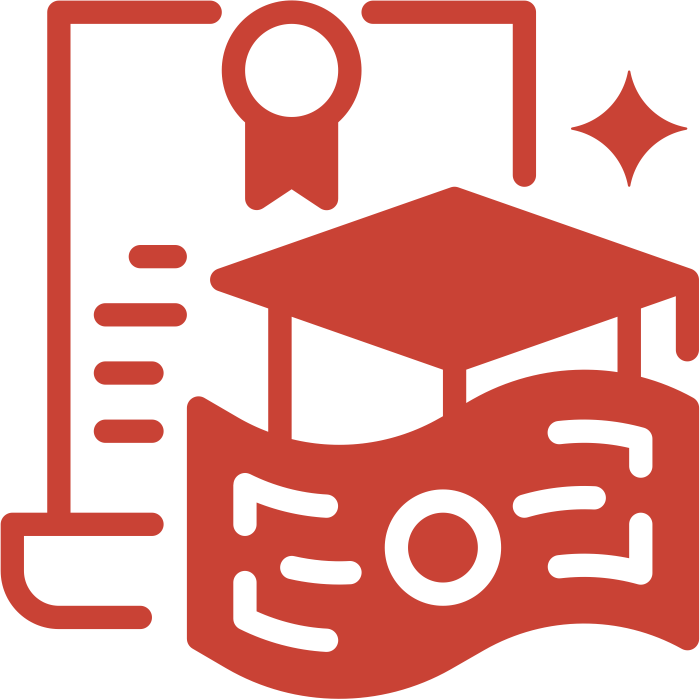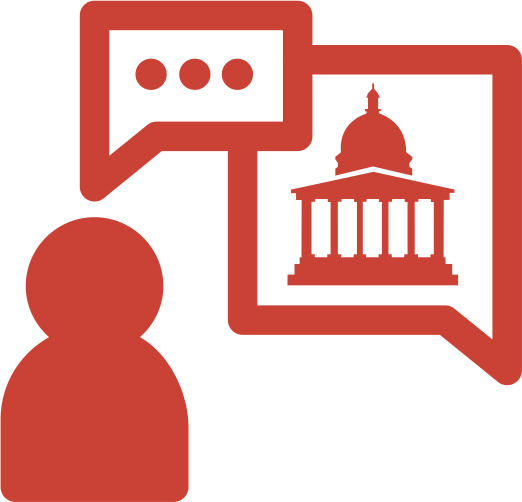7 Teaching Strategies to Increase Your Student's Listening Skills
The knowledge imparted by a teacher is only as good as its reception by the students. Hearing and listening, two seemingly synonymous words, are not quite so. Listening is a broader concept that comprises hearing, absorbing and understanding information. Thus, teachers need to focus on techniques that enhance the listening skills of their students. The best IB schools in Mumbai undertake workshops where teachers are trained to impart knowledge in a manner that enhances the listening skills of their students. Teachers at The Aditya Birla World Academy understand the importance of good listening, and hence, they leave no stone unturned in moulding their students towards becoming better listeners.
Following are some of the strategies that increase student’s listening skills:
-
Listening to Students:
Teachers that actively listen to their students can expect their students to return the favour. When a teacher is a good listener, students would try to emulate that and become better listeners themselves.
-
Accepting Feedback:
Students are always more likely to listen to teachers that are receptive to students’ opinions and arguments. If students feel that their ideas are not given due importance by the teachers, then they may switch off mentally. Whereas, if students feel that their voice matters, their engagement in the classroom sky rockets. Active engagement results in active listening.
-
Encouraging Note taking:
When students are asked to jot down notes during classroom teaching, it can lead to improved listening. Making notes is a process that involves absorbing information, followed by interpreting it and subsequently jotting it down. It is difficult for a student to make notes when the student is not fully being able to comprehend the subject matter. Hence, encouraging note taking would ensure that students ask questions until their doubts are resolved. While taking down notes, concentration levels tend to be higher than normal. The fear of missing out on jotting down necessary points, encourages students to listen more intently and actively to their teachers.
-
Pausing and asking questions:
With the gradually reducing patience levels of students, it is often quite challenging for teachers to hold their attention. As a result, an interactive style of teaching is considered a preferred method. Teachers can use tools such as making long pauses and asking questions. When teachers pause, it usually gives students a window to quickly ask any question that may have been bothering them. Similarly, teachers asking questions ensures that students are listening carefully so as to be able to answer correctly.
-
Relating to the students:
Teachers these days are always encouraged to get to know their students better and be more approachable. It has been observed that students perform better in classrooms where teachers are closer to the students. When teachers know students by name, their likes and dislikes, a student feels a certain sense of connection with such teachers. As a result, students would participate, engage and listen far more attentively in these classes.
-
Using visual aids in teaching:
Students have to sift through tens of textbooks each day. This can create a sense of monotony and lead to reduced attention as the day progresses. To counter this, teachers are encouraged to use visual aids while teaching. These could range from pictures, PowerPoint presentations, to even short films. Visual aids help to recapture the attention of students and thereby improve their listening.
-
Talking less and listening more:
Traditionally, a teacher was meant to teach the students while students kept quiet and listened carefully. However, this methodology has shown to prohibit active listening amongst students. The newer philosophy states that teachers must in fact talk less and listen more. This leads to an improved result in students’ concentration and classroom engagement.
The days of rote learning and making children passive listeners are long gone. The new wave of education promotes teachers to focus on the wellbeing and engagement of students rather than simply completing syllabuses. At Aditya Birla World Academy, one of best IB schools in Mumbai, teachers are trained to ensure that their methods of teaching are aimed towards students’ skill enhancement and development. Aditya Birla World Academy focusses not only on the academics and extra-curricular activities, but also on the mental wellbeing of each student. A content student is more likely to be a good listener, communicator and performer.
Also read, 10 life skills to equip your child with find the best schools in
Mumbai that offer holistic learning.
https://www.adityabirlaworldacademy.com/blog/10-life-skills-to-equip-your-child-with-find-the-best-schools-in-mumbai-that-offer-holistic-learning
Thematic learning program of ABWA. How are international schools beneficial
for the holistic learning of students.
https://www.adityabirlaworldacademy.com/blog/thematic-learning-program-of-abwa-how-are-international-schools-beneficial-for-the-holistic-learning-of-students
What is differential learning? How does ABWA contribute to the differential
learning curriculum?
https://www.adityabirlaworldacademy.com/blog/what-is-differential-learning-how-does-abwa-contribute-to-the-differential-learning-curriculum
What is ABWA’s emotional intelligence program? How the international
schools in Mumbai are adopting this program?
https://www.adityabirlaworldacademy.com/blog/what-is-abwas-emotional-intelligence-program-how-the-international-schools-in-mumbai-are-adopting-this-program

 Online Admission
Online Admission Scholarship Programme
Scholarship Programme University Counselling
University Counselling Leadership
Leadership Voices at ABWA
Voices at ABWA